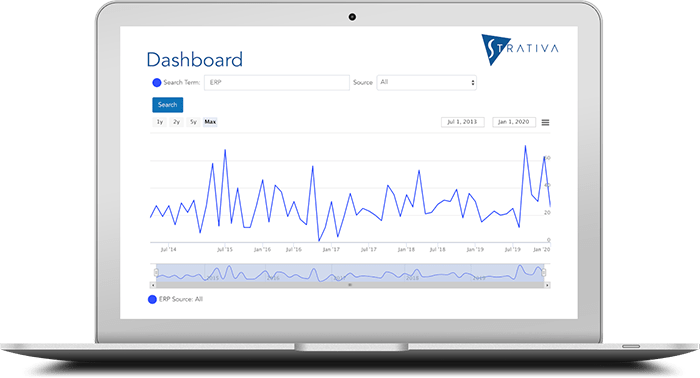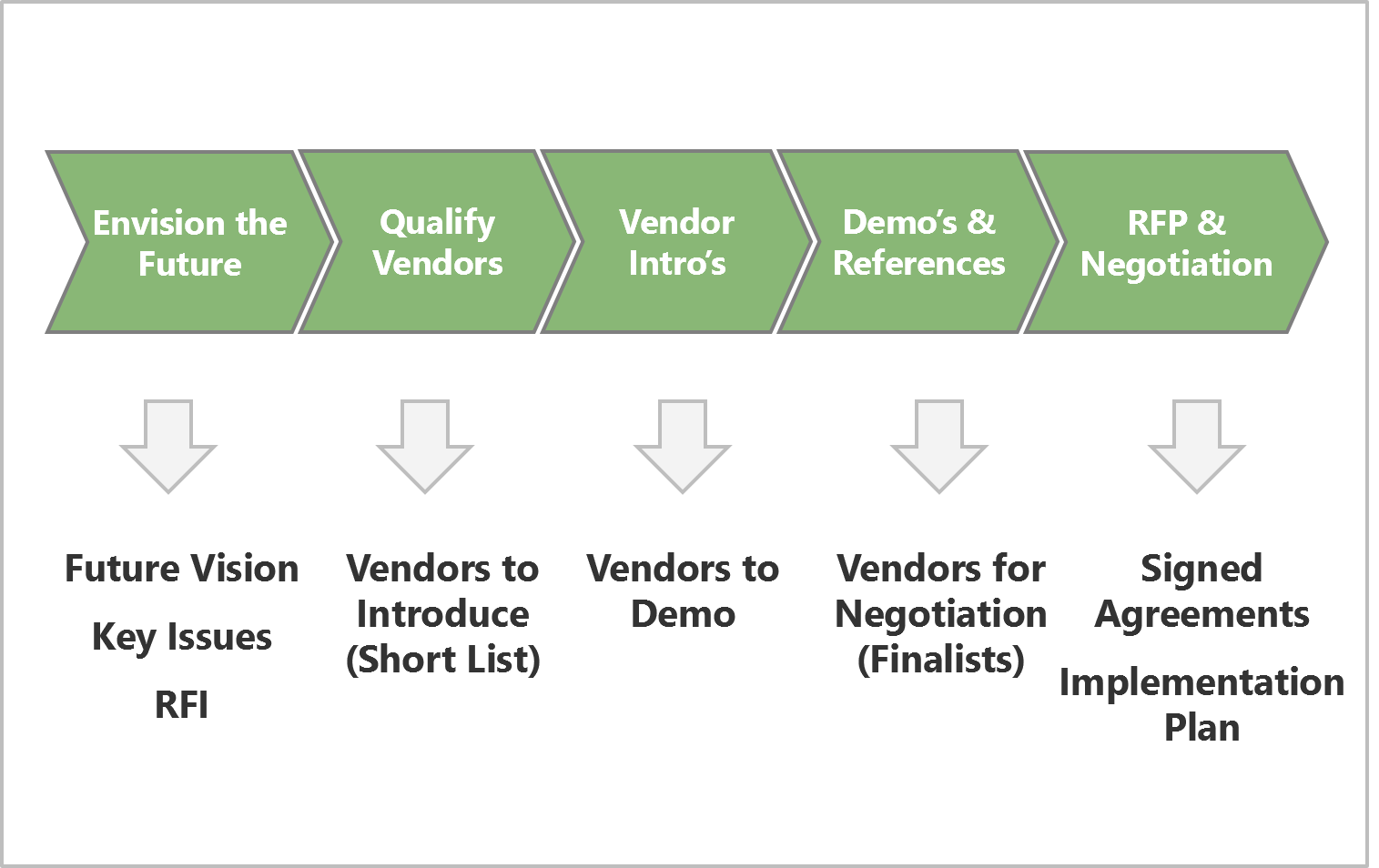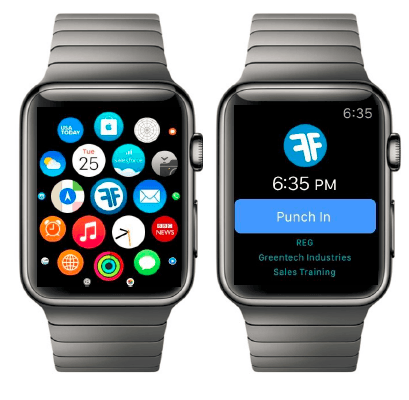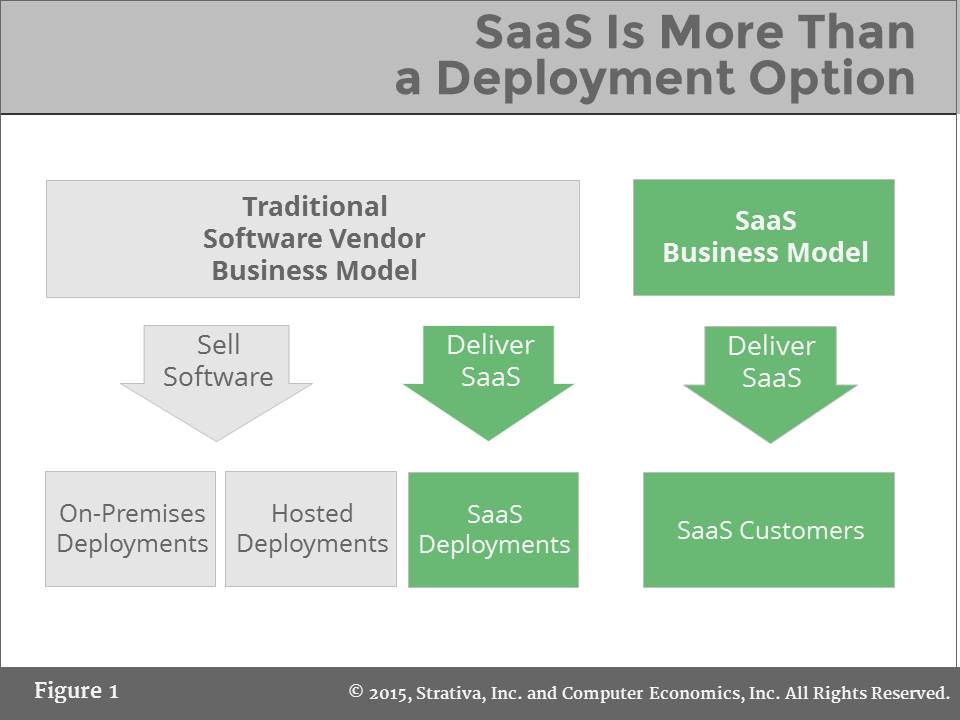
One of the key advantages of modern cloud systems is that they often come with rapid development platforms (Platform as a Service, or PaaS) that allow the vendor, partners, and even customers to build extensions and customizations to the system without affecting the underlying code or architecture of the base system. However, as with so many good things in life, PaaS can be used and abused. This post outlines the risk in overreliance on a SaaS vendor’s PaaS.










